There has been mixed growth around the country this week. Most areas received rainfall towards the end of last week and the heat that followed really pushed on growth. However, parts of the east have had very little rainfall and this has hit growth.
For the vast majority of farmers, surpluses of grass are arising and these should be dealt with as soon as possible. “If in doubt, take it out” is probably a good motto to have at the moment. Keeping grass quality right is the number one priority.
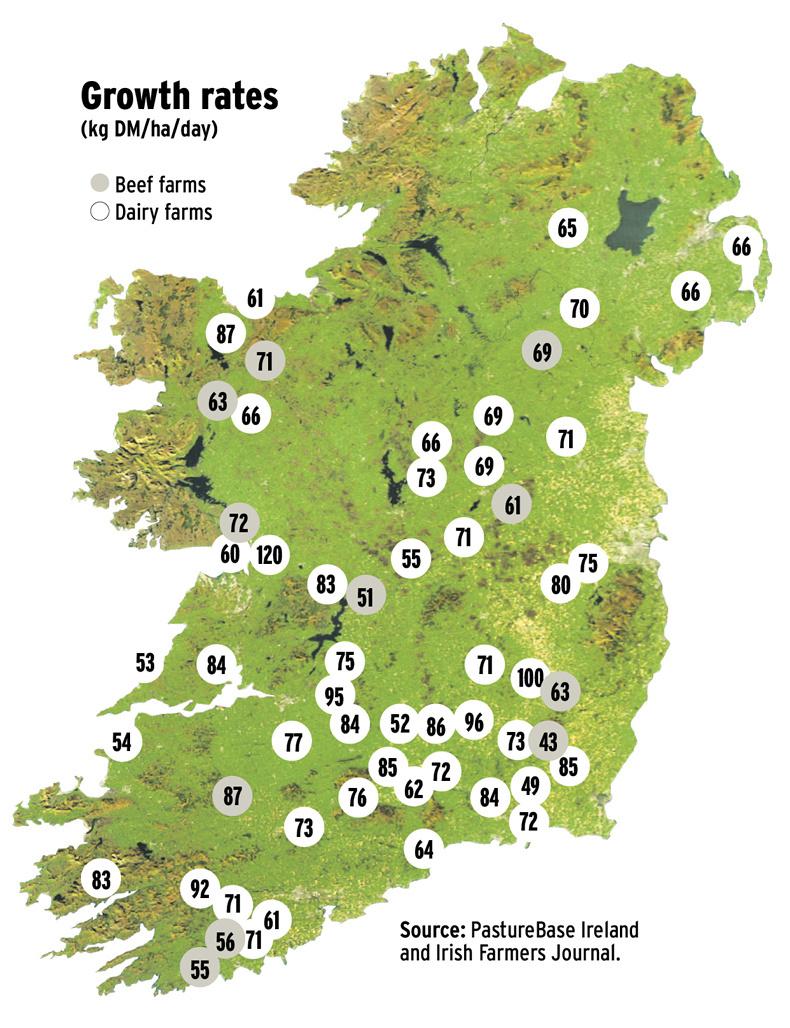
In periods of high growth, it is much easier to manage a deficit than a surplus. Walking the farm every five days will allow you to see grass surplus or deficits arising in advance and give you a chance to act early. Target keeping your cover/LU closer to 160kg to 170kg.
First-cut silage isn’t far away and now is a good time to access what stock you plan on housing in the winter. Assess how much and what quality you need in the yard. To get high-quality silage for milking cows or young growing stock you need to be cutting in May if possible before grass goes to stem and heads out.
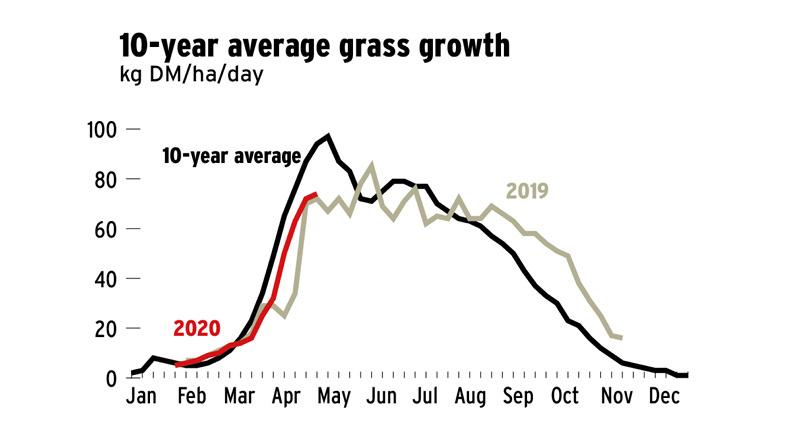
For high-quality silage, you’re looking for high percentage of leaf. Once the seed heads start to appear, you will have a high percentage of stem and subsequently lower-quality silage. Another good indicator of quality is to look at the butt of the sward and once that starts turning yellow the quality will quickly reduce. This being said, lower-quality silage will be adequate for dry cows housed in good condition and in some cases may be need to be made in order to meet the quantity of silage needed on the farm.
Teagasc Curtins Farm, Cork
All the surplus grass has been cut on the farm and is growing back. We decided not to go out with slurry after they were cut as there wasn’t a lot of rain forecast and cattle will be back grazing the fields in less than 20 days. We will note bales that were taken off these paddocks and look at putting back the P and K that has been taken off later in the year. Pre-grazing yields are at 1,450kg/ha now which we are happy with. Breeding is going well with 81% bred in 16 days. We are following the cows with 20 unit of KAN.
Navan, Co Meath
Grass quality is good. I find once we’re grazing paddocks at the three-leaf stage cows are milking well and graze-outs are good. Dry matter percentage is high here as cows are getting longer out of paddocks than expected. Breeding started here Wednesday. This year we’re trying a programme with the cows. All heats were recorded pre-breeding and any cows that weren’t due to come in heat in the first week of AI received PG on day one to bring them into heat in the following days. Calves on the farm are going well, with 50% of them weaned, and the rest being weaned once the hit the target of 95kg.
Co Kilkenny
There has been a cold harsh wind here the last few days which has pulled back growth. We had been growing 90kg/day for the last two weeks. Pre-grazing yields are sitting around 1,550kg/ha. All nitrogen fertiliser is going out in the form of protected urea. We plan to follow the cows with 20 units of 38-0-0 + 7 sulphur. We will target getting P and K out separately spreading 0-10-20 and 0-7-30 for maintenance and build-up. The heifer ground has paddocks with good clover established so we will skip fertiliser there and allow the clover to fix the nitrogen.





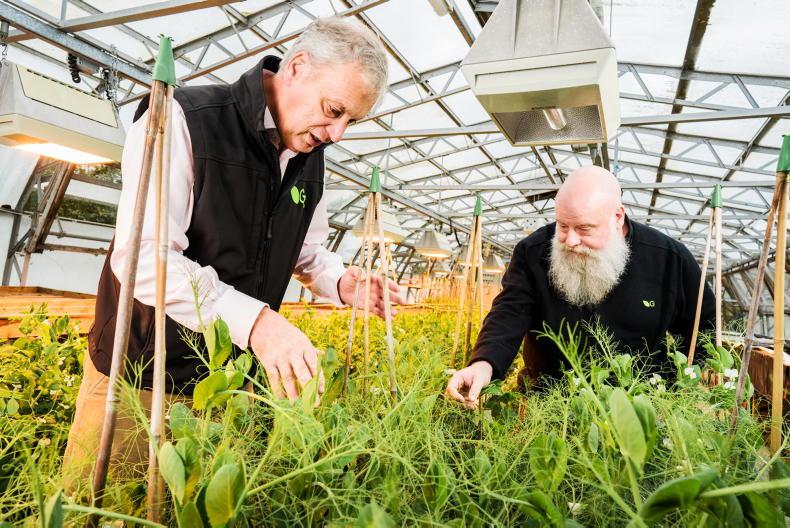
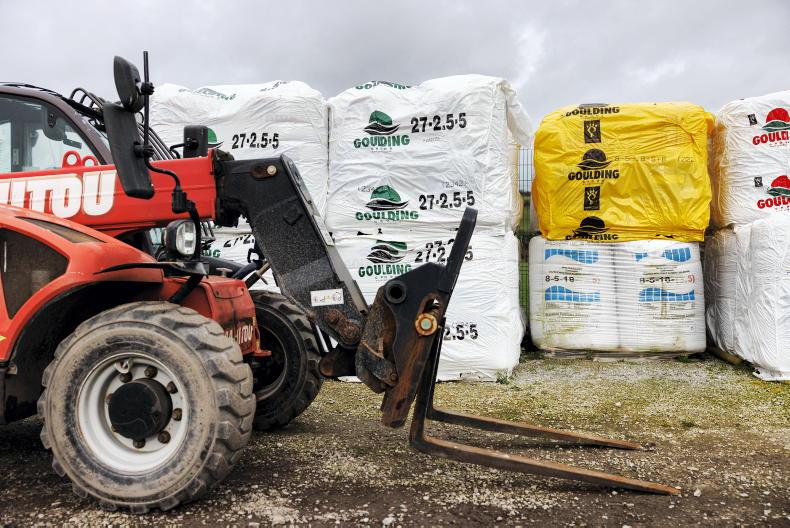
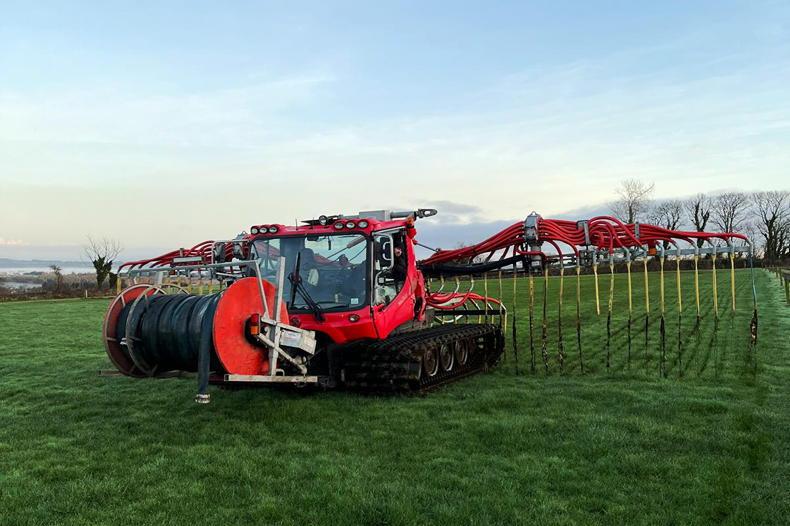
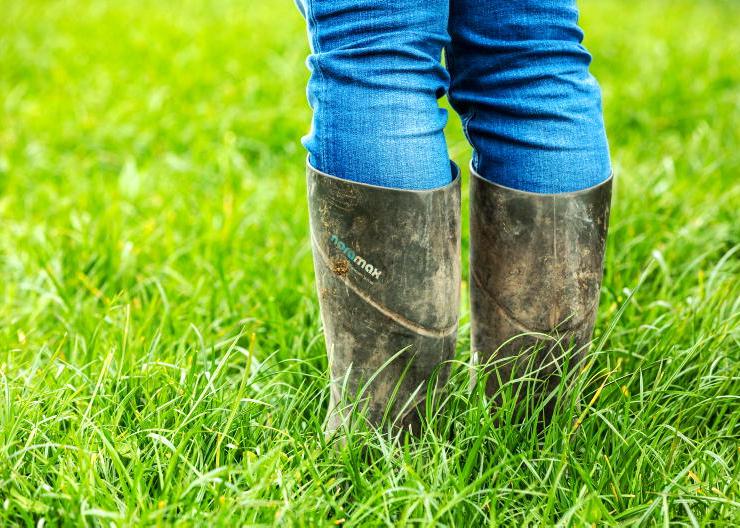
SHARING OPTIONS